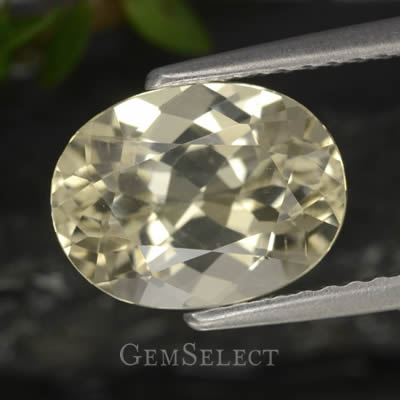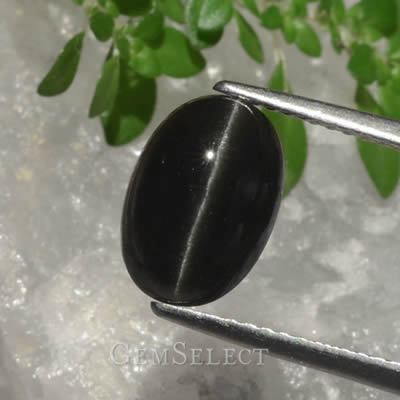Scapolite Gemstones
Scapolite is one of the lesser-known gemstones and is not widely available. You're unlikely to find it in your local jewelry store. Nonetheless, it's a desirable and attractive gem for both jewelers and collectors, with good brilliance and a vitreous luster.

Faceted Scapolite Gemstone
Cat's eye scapolite is also found occasionally and is sought after by collectors. Scapolite is not a particularly hard stone, however, with a rating of 5.5 to 6 on the Mohs scale. So it is best used for pendants, earrings and brooches.
Scapolite was first discovered in 1913 in the Mogok Stone Tract in upper Burma. It comes in an interesting variety of colors, including white, colorless, greenish, gray, yellow, brown, reddish and pink. There is also a lavender variety of scapolite that is produced by heat treatment. The other colors are typically untreated. The most common color for scapolite gemstones is bright honey-yellow.
Scapolite, which is Greek for "rod" or "shaft," is commonly found long columnar crystals, hence the name. Its crystals are tetragonal so it will commonly have a square or octahedral cross-section. Scapolite has a density of 2.57 to 2.74 and a refractive index of 1.540 to 1.579.

Natural Cat's Eye Scapolite Gemstone
Scapolite, which is sodium calcium aluminum silicate, has a rather complex chemical composition. Scapolite is actually the name of a series of minerals between the sodium chloride rich mineral called marialite and the calcium carbonate rich mineral, meionite. Distinguishing the scapolite minerals from each other can be difficult. Types of scapolite differ only slightly in density and refractive index, and both density and refractive index increase along with the calcium content. It is because of this closeness in properties and yet seemingly different chemistries that scapolite has had its share of pseudonyms, the most common being wernerite (named for its discoverer). Scapolite has also been known as mizzonite, dipyre, marialite and meionite.
Gemstone-quality scapolite usually exhibits excellent transparency. Some of the less transparent material exhibits chatoyancy (the cat's eye effect) when cut as cabochons. Cat's eye stones are rather rare and desirable as they tend to have exceptionally sharp eyes.
Scapolite is found in a number of locations around the world, including Canada, the USA, Norway, Italy and Mexico. Gemstone sources are found in Brazil, Madagascar, Tanzania, Kenya, Canada and Burma.
|
